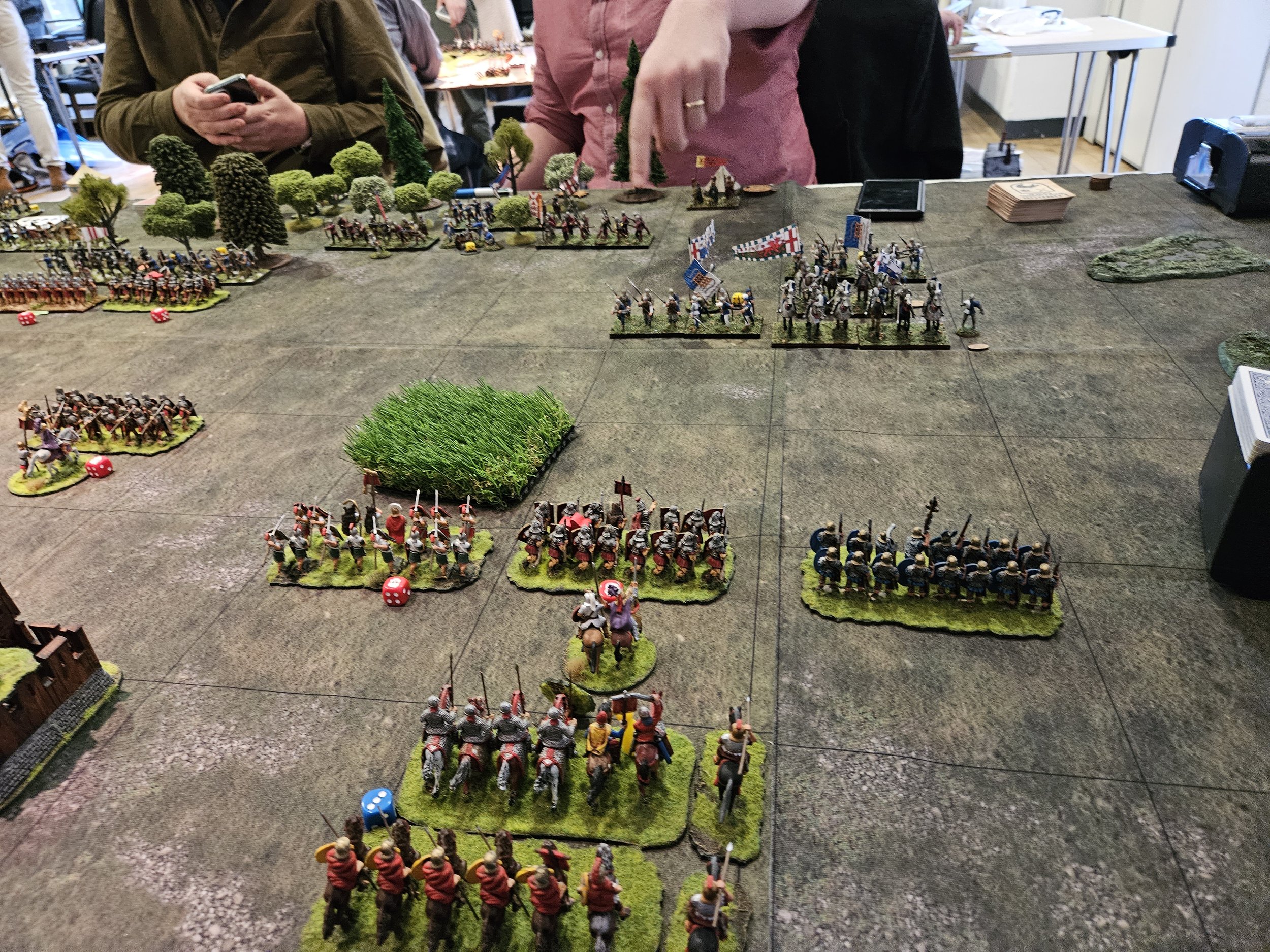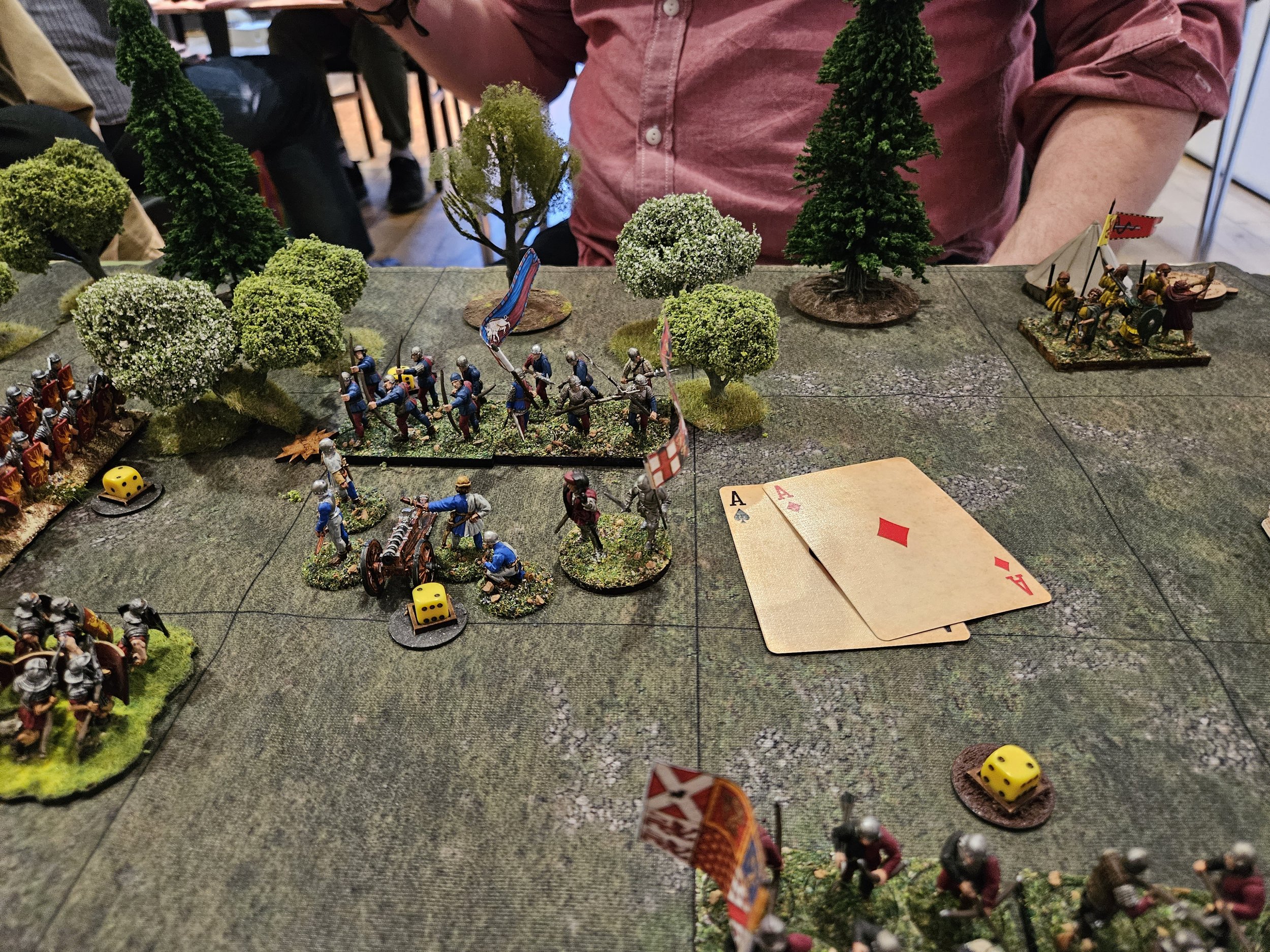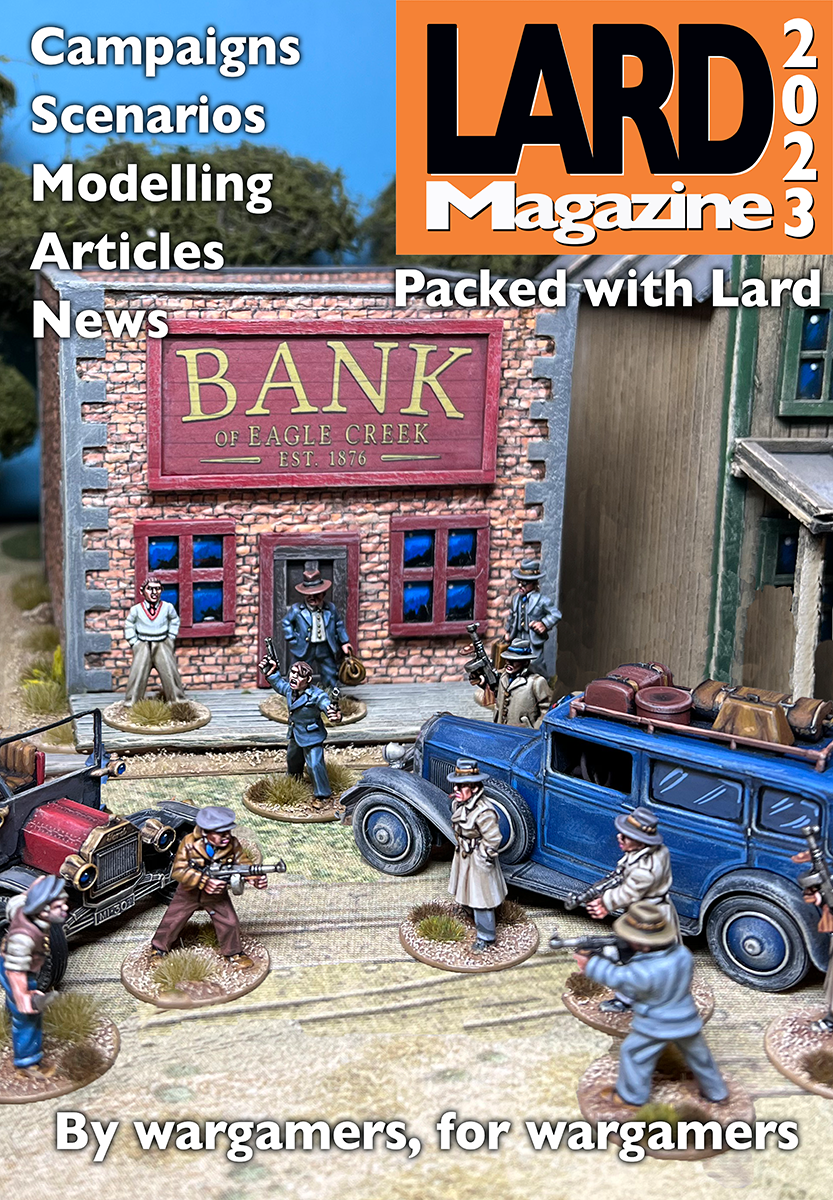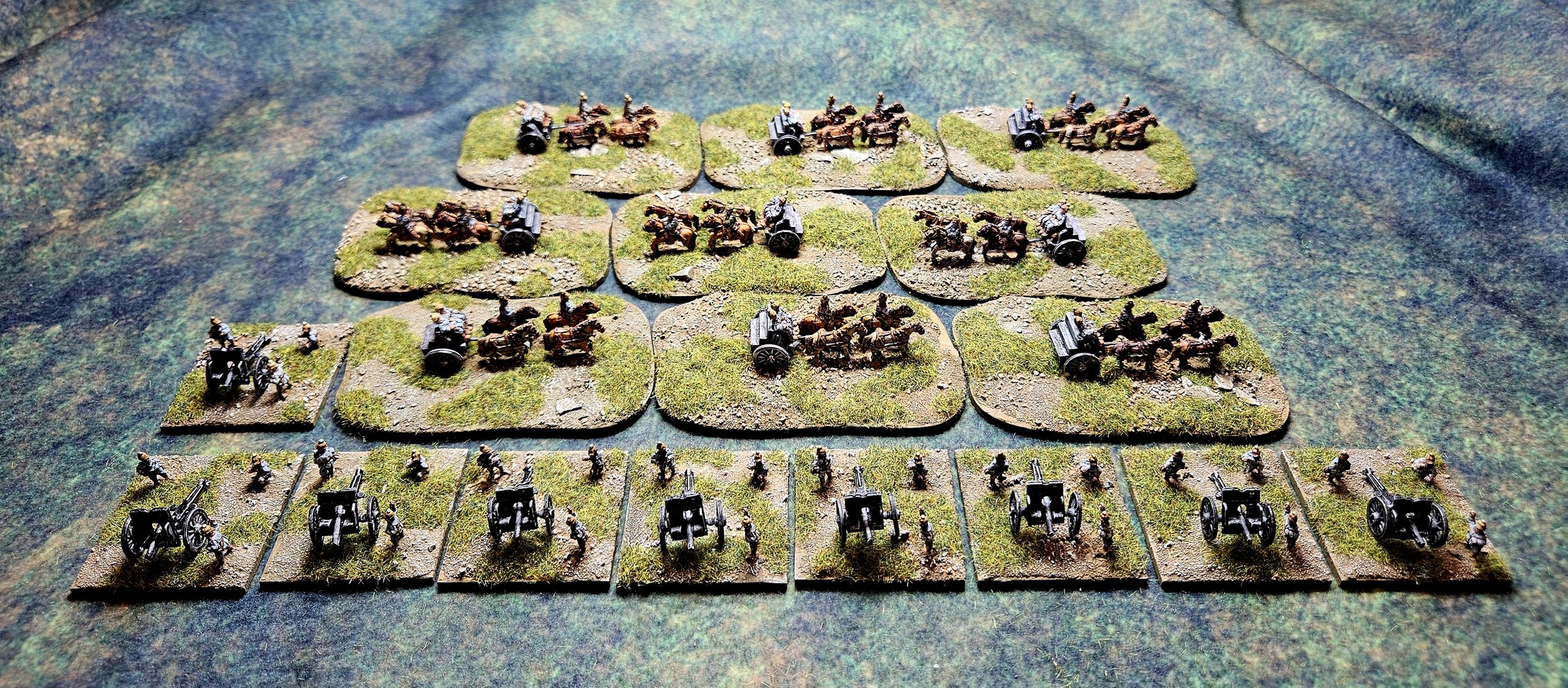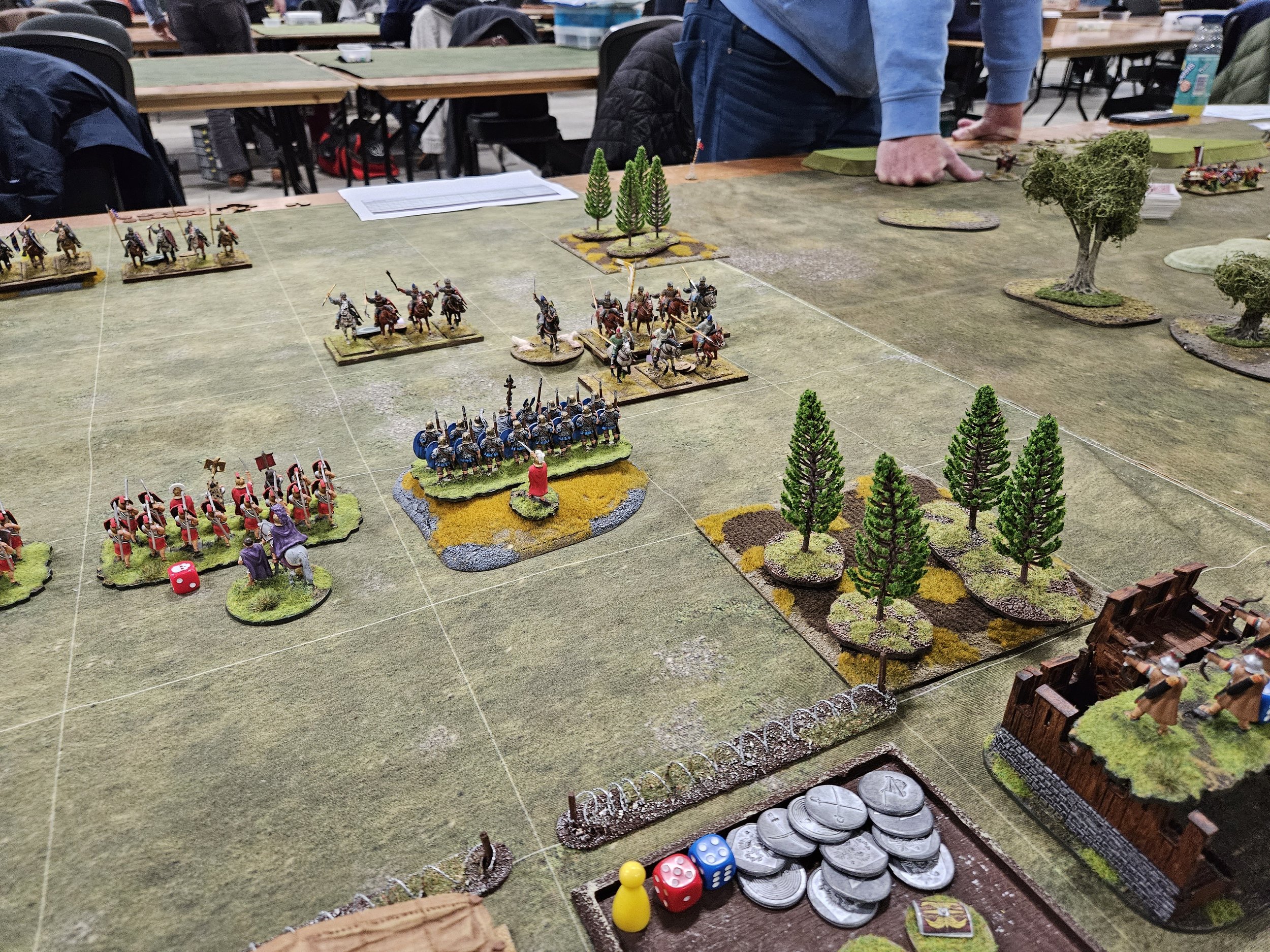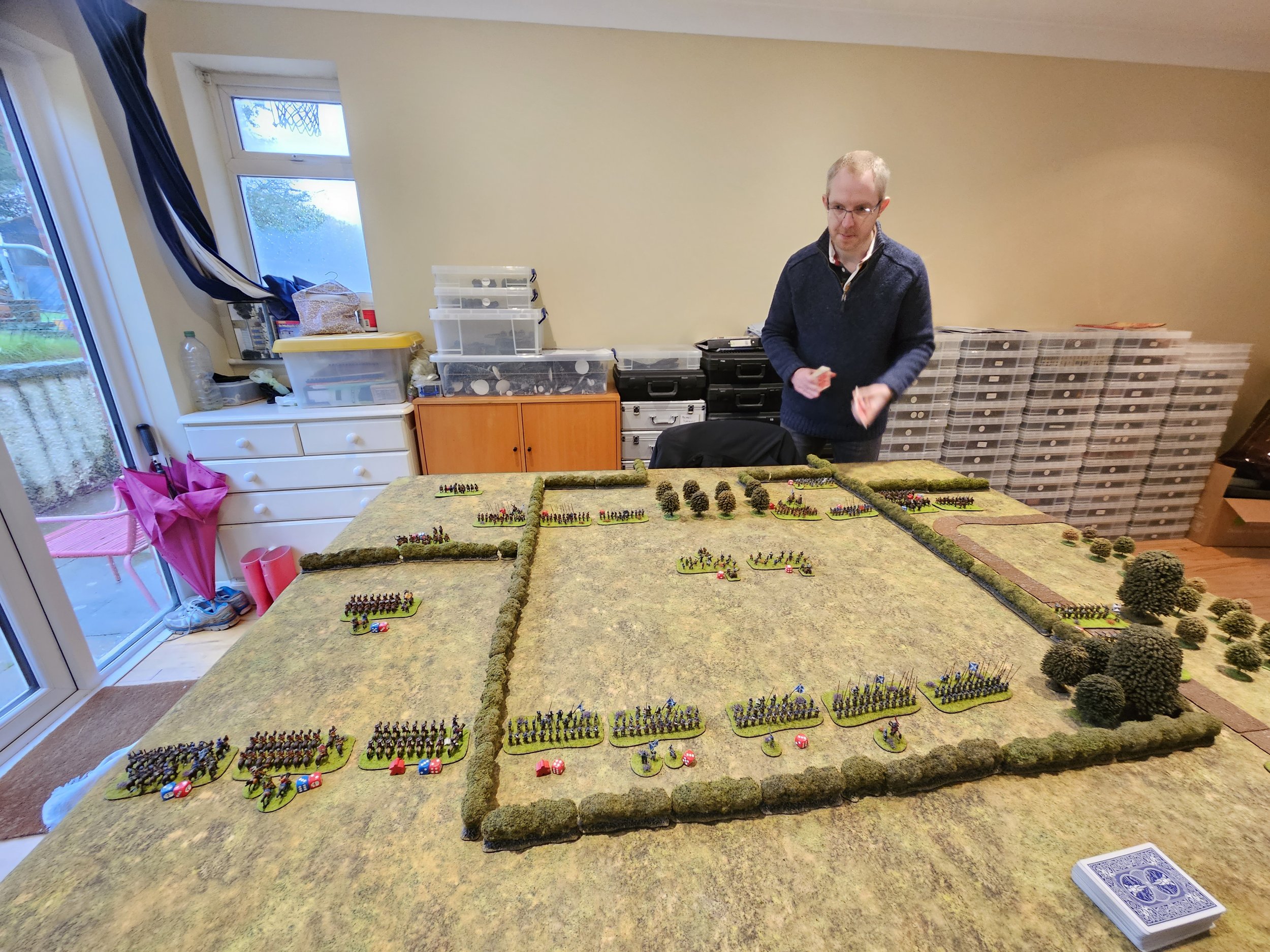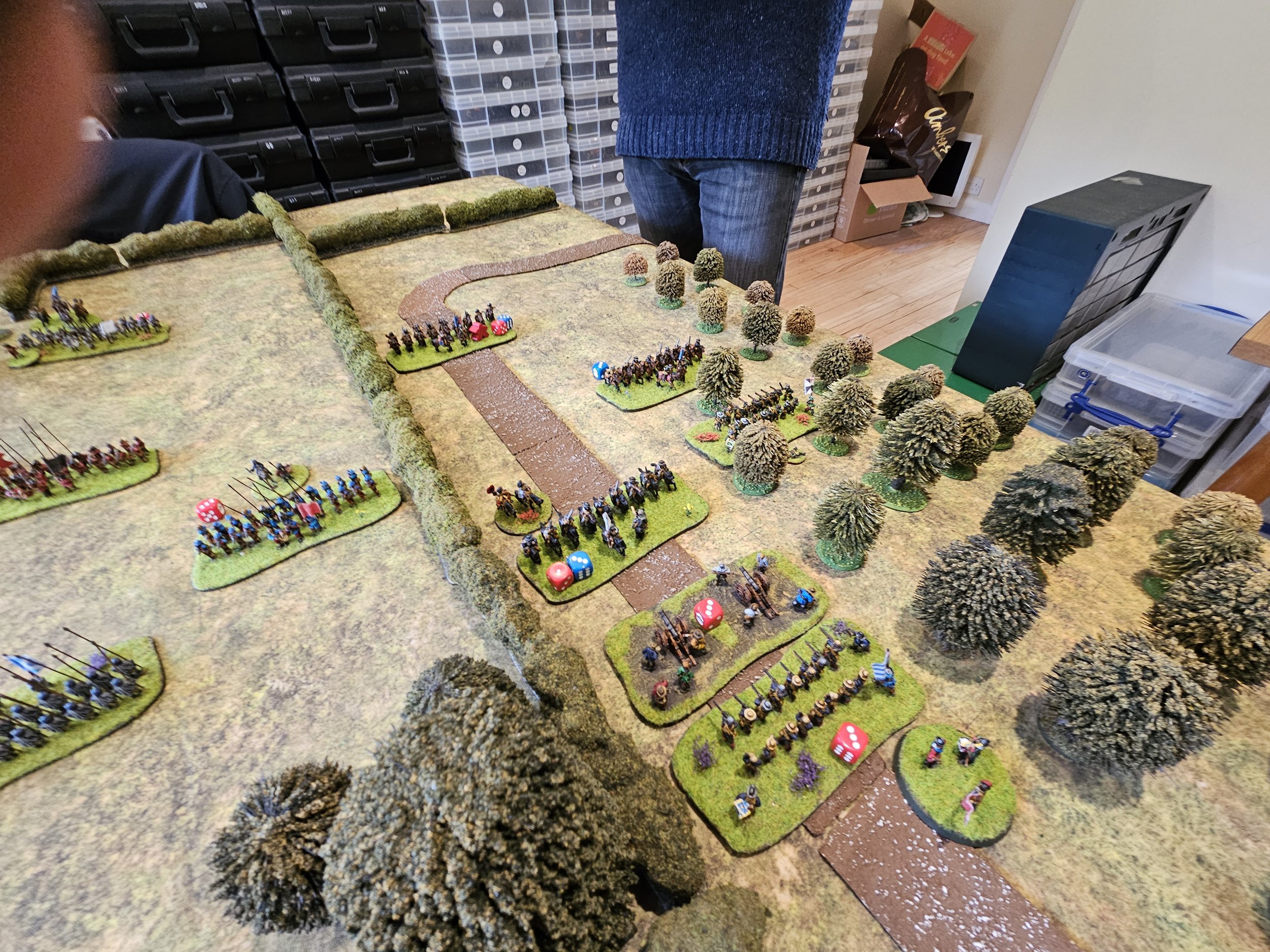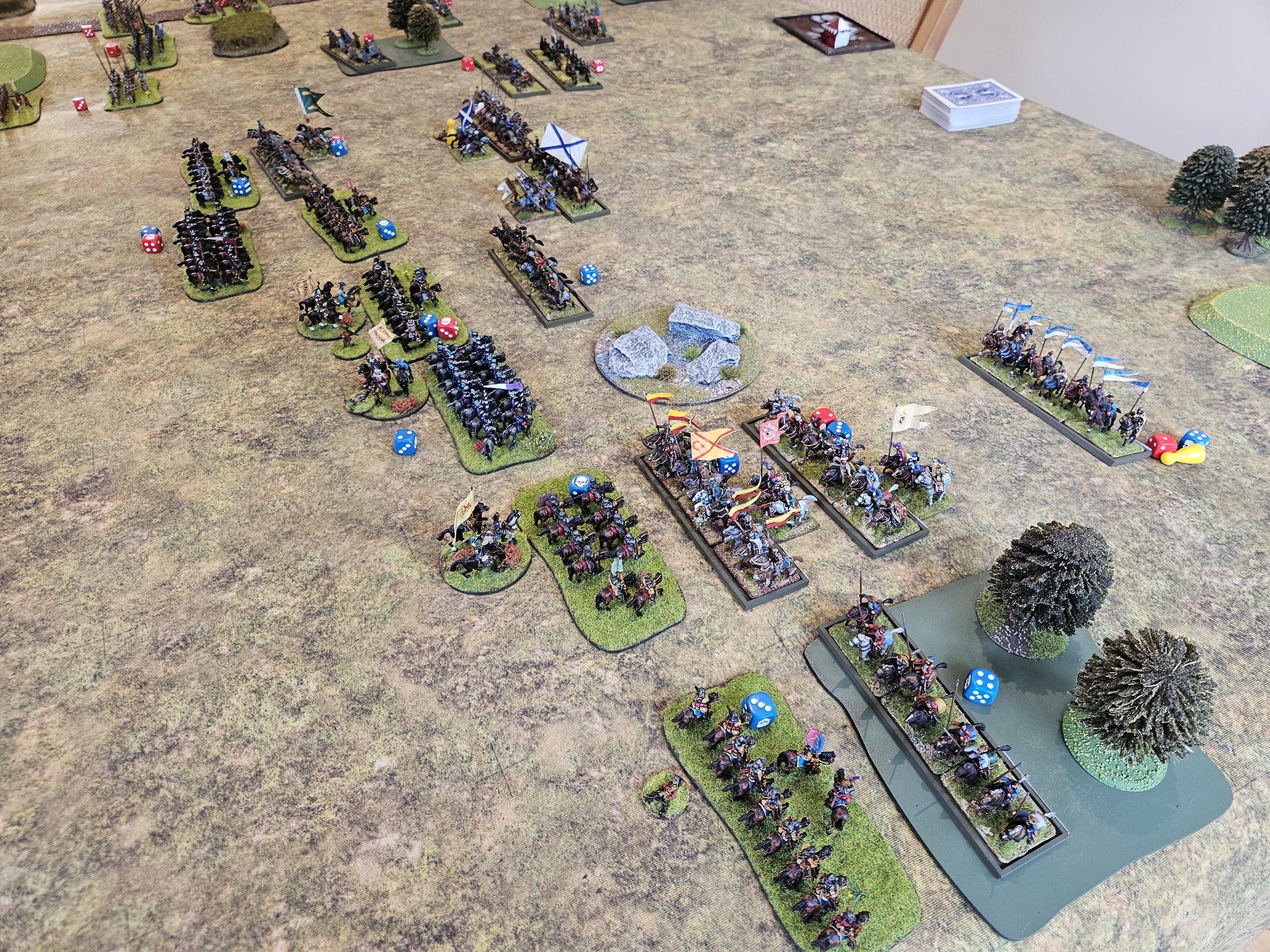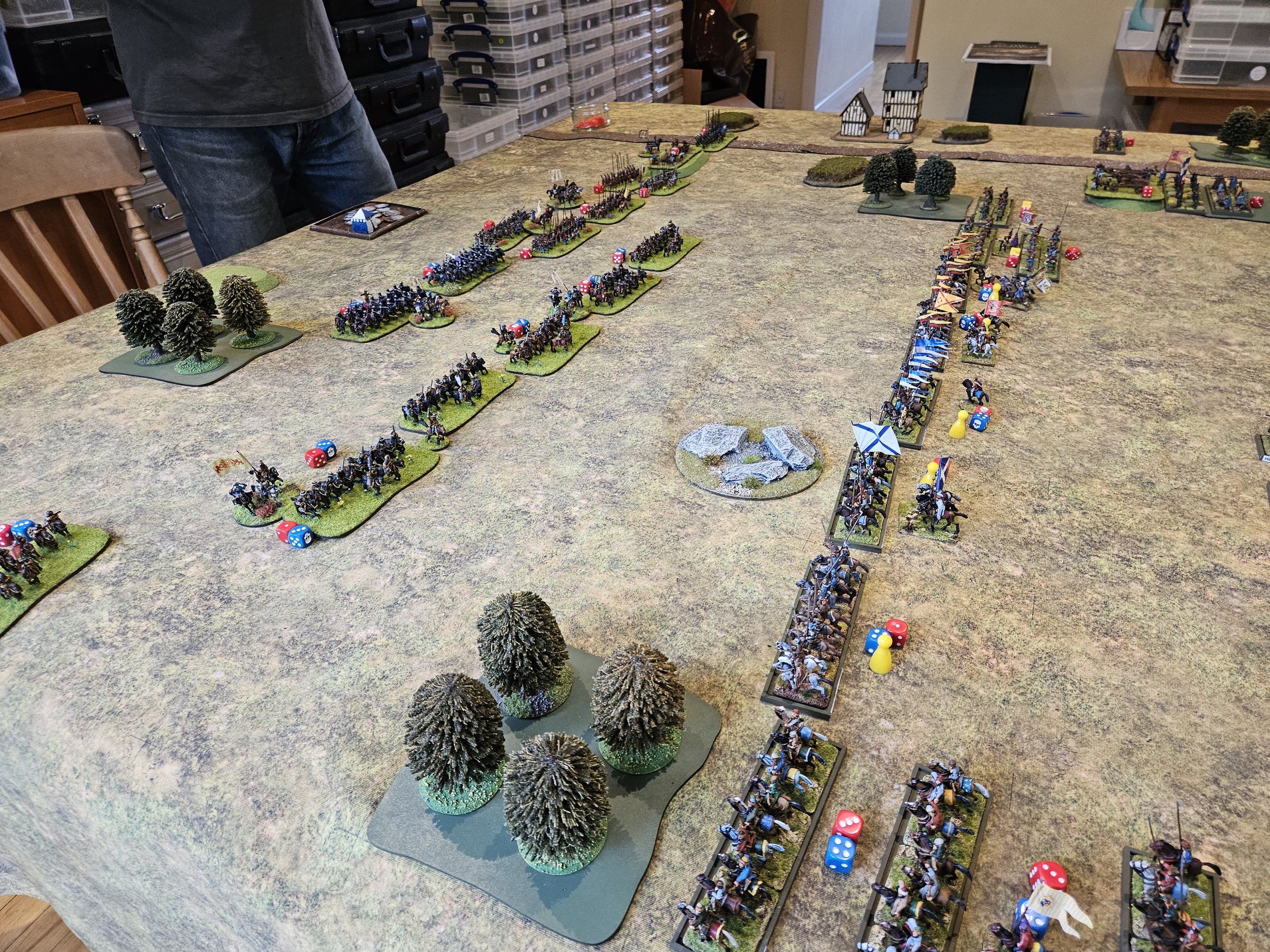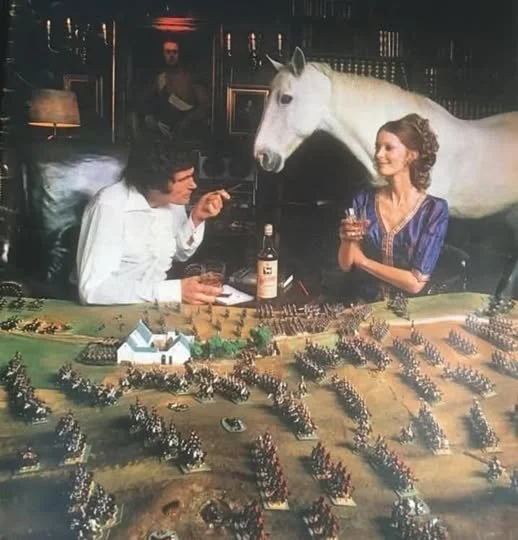First of the Condotta
/Regular visitors will know that this year for the first time in a long time (35 years plus!) I decided to go back to competitive wargaming: entering as many To The Strongest tournaments as I could.
Apart from the Europeans at Ewelme, I have exclusively used the Early Imperial Romans: mainly because it was the only 28mm Ancients army that I had, and that only because a friend left it at my mother’s house some 40 years ago!
The Romans have proved a very good army to use, but after almost thirty games with them I fancied a change…so when I won a box of Perry Medievals at the ‘Two the Strongest’ doubles tournament in November I thought that I’d use it as a basis for a new army: settling on some kind of Later Italian Condotta force (each city state is slightly different) as that list provides a wide variety of troop types.
Father Christmas was good to me this year, bringing me more boxes of Perry’s to complete what I need, and time off work has given me the chance to paint some of the units up.
First off the production line were two units of balestrieri montati or mounted crossbowmen:
I’m using a combination of Contrast and standard acrylic paints, and have chosen a black and red colour scheme. As the way you build the figures means that each figure is unique, I will therefore get an army that is ‘uniformed but not uniform’: very suitable for a force from that period.
Next up are some stradiotti: veteran light cavalry with lances and perhaps crossbows. Very useful for annoying the opposition!
And the final unit of light horse, for the moment, are some more balestrieri montati but this time armed with handguns rather than crossbows:
The above are all from one box of WR 60 Light Cavalry 1450-1500 which retails at £22 or £1.83 per figure. To quote the blurb: The box contains 12 lightly armoured horsemen which can be assembled with light lances, crossbows or as mounted archers. command options are included as are banners and historical information.
So how did I get on with Perry plastics?
Yes, I quite like them. Glueing the horses together was easy. The men were slightly more difficult in that, even using Superglue, the heads take a bit of time to set in place, and the individual arms can be tricky in that the you’re glueing two completely flat, angled surfaces together so that it’s tough to exert pressure in the right direction…but it’s generally a painless process.
For those interested, I built the horse first, then built the figure by glueing the head on first then each arm. As this is a competition army that is going to get a lot of use, I didn’t bother with a lot of extra equipment (and there’s a ton of it on the sprues) but just focussed on the main weapon that shows the function of the unit…so that the mounted crossbowmen have only their crossbows, not a quiver, winding machine, sword, dagger, buckler etc, all of which are provided if you want to use them.
Painting the figures is easy. I let the Contrast paints do the work, but used two different reds to get a bit of variety and, here’s the top tip of this post, highlighted the black on the upper body clothing with a very dark blue standard acrylic paint, leaving the black hose as is.
Now it’s on to the first of the two infantry boxes…















